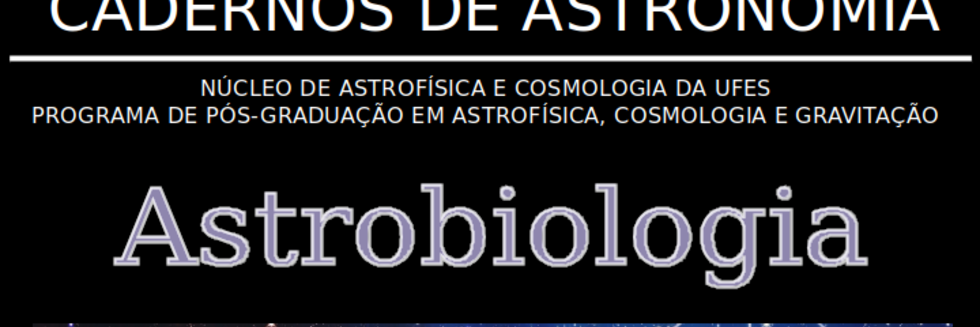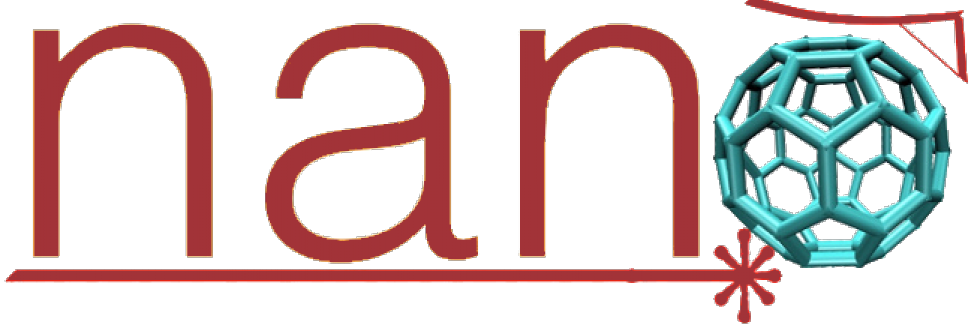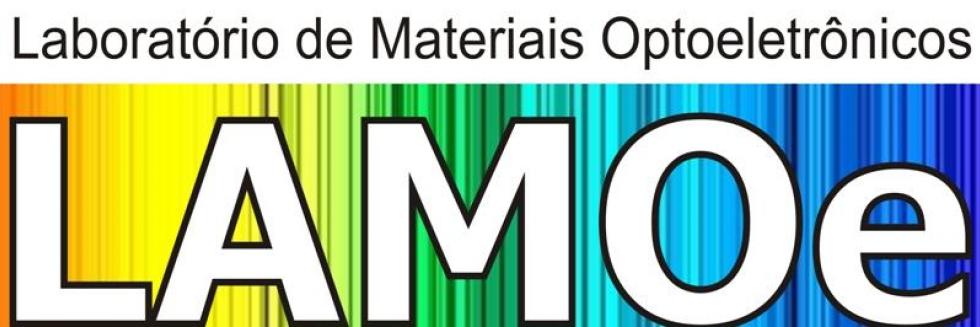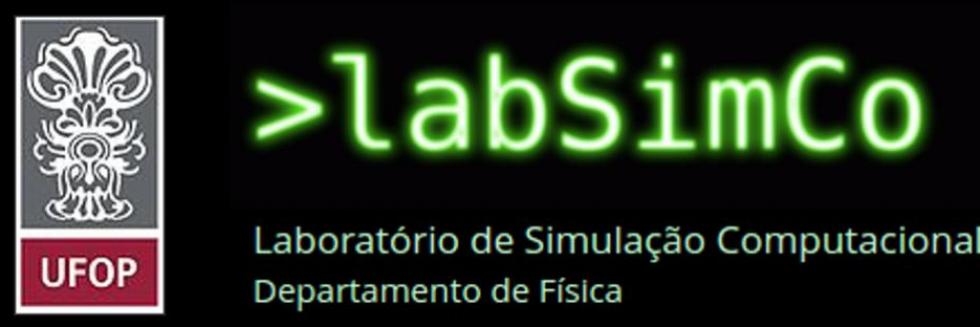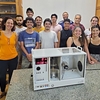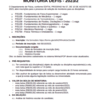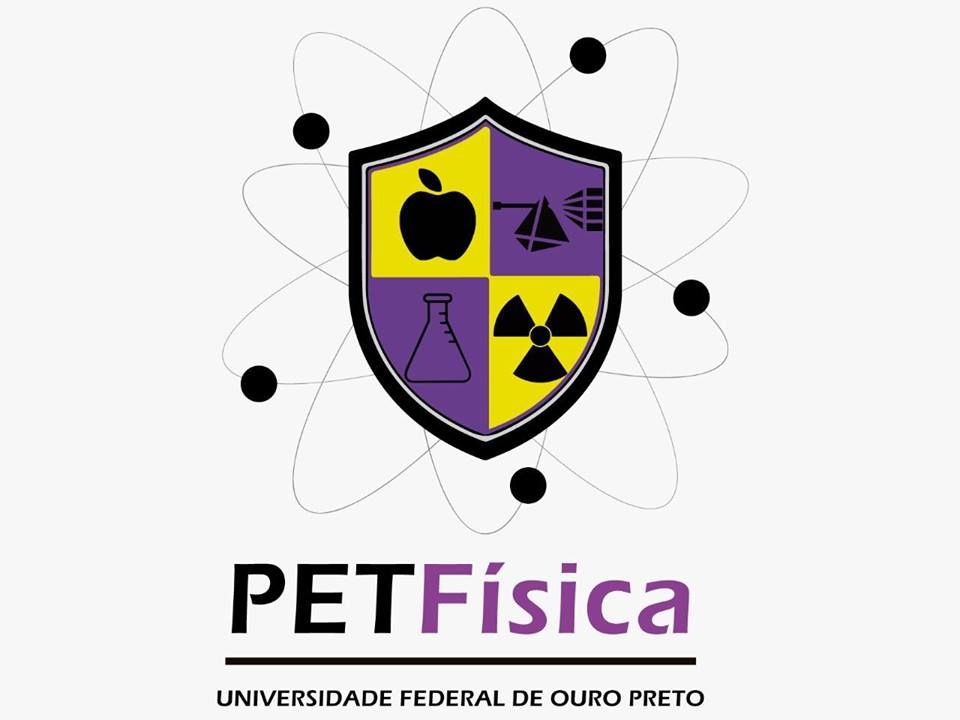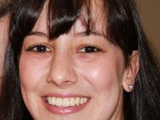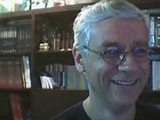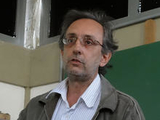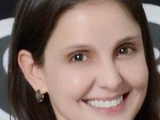Ribeiro LC, Bernardes AT, Mello H.
On the fractal patterns of language structures. PLOS ONE [Internet]. 2023;18 (5) :1-20.
Publisher's VersionAbstractNatural Language Processing (NLP) makes use of Artificial Intelligence algorithms to extract meaningful information from unstructured texts, i.e., content that lacks metadata and cannot easily be indexed or mapped onto standard database fields. It has several applications, from sentiment analysis and text summary to automatic language translation. In this work, we use NLP to figure out similar structural linguistic patterns among several different languages. We apply the word2vec algorithm that creates a vector representation for the words in a multidimensional space that maintains the meaning relationship between the words. From a large corpus we built this vectorial representation in a 100-dimensional space for English, Portuguese, German, Spanish, Russian, French, Chinese, Japanese, Korean, Italian, Arabic, Hebrew, Basque, Dutch, Swedish, Finnish, and Estonian. Then, we calculated the fractal dimensions of the structure that represents each language. The structures are multi-fractals with two different dimensions that we use, in addition to the token-dictionary size rate of the languages, to represent the languages in a three-dimensional space. Finally, analyzing the distance among languages in this space, we conclude that the closeness there is tendentially related to the distance in the Phylogenetic tree that depicts the lines of evolutionary descent of the languages from a common ancestor.





